

Special Effects News
Topics
Persistence of Vision
Principle of Motion Picture
Motion of Objects
Compositing
Blue Screen
Computer Animation
Animation Samples
Personal
About Me
Sign
Guestbook
View
Guestbook
Old Guestbook
(Sep 98 -
Nov 2000)
Old Guestbook Entries
Email me
The Making of ...
SFx Production Houses
List
of Schools
(in alphabetical order)
The Parting Of The Red Sea
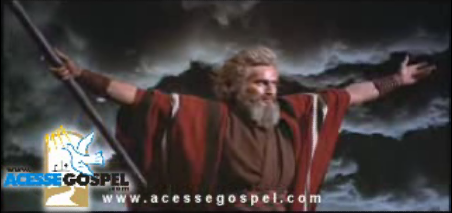
The Parting of the Red
Sea in the movie The
Ten Commandments, is one of the most spectacular scenes
ever created by Hollywood. It literally takes your breath away when you
watch it on the big screen. The shot features a myriad of small effects
shots ingeniously composited together to present a visually stunning
scene. In this article, we will try our best to understand how this
amazing scene was created.
The important point to keep in mind is that no graphics were used in
any of these shots. Of course computers were unheard of in those days,
and so computer graphics is naturally ruled out. But they also decided
not to use hand-drawn animation for the entire Red Sea sequence.
Instead, they used real water (shot in different angles) and composited
them together. So bear in mind that every drop of water that you see in
the sequence is real water. No graphics whatsoever.
The entire sequence consists of three major events:
1. The parting of the Red Sea
2. The journey of God’s people
through the parted sea followed by the enemy army
3. Finally, the closing of the sea over
the pursuing army.
The parting and the closing of the Red Sea were achieved using the same technique. The ‘parting’ shot is just the ‘closing’ shot run in reverse. In fact, only in the closing of the Red Sea, we see the water flowing in the normal direction. In the parting shot, it is running in reverse. So we will first attempt to understand how the closing of the Red Sea was achieved. Once you understand that, only remember that the parting is just the reverse of that.
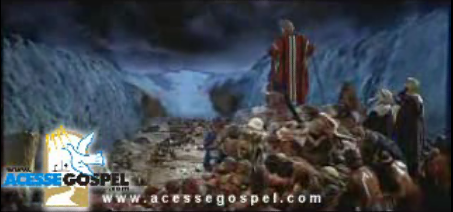
The shot
actually consists of four layers composited on top of each other.
Layer 1
The first or bottom-most layer consists of the actors playing their
part in the wilderness. This forms the background plate over which all
the other layers would be composited. Here you see Moses and his people
in the foreground and the entire army at a distance in the background.
Not a drop of water anywhere!

Layer 2
The next layer is the cloud layer. The clouds are artificially created
by pouring grey paint into a glass tank containing crystal-clear water.
As the paint stays suspended over the water surface, it creates a
canopy that resembles dark clouds.

Layer 3
The third layer consists of the walls of water standing on either side
of the pathway. They could have used shots of a waterfall to recreate
the vertical walls. According to some sources, water churning on the
surface of an artificial tank was shot and then turned sideways to make
it look vertical.
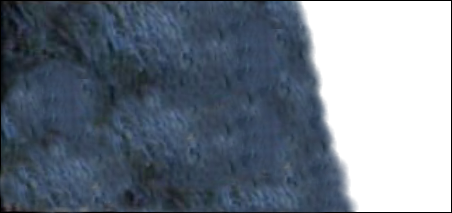
Layer 4
The last layer consists of the gushing water which engulfs the enemy
army. This is the most complicated layer and needed an elaborate
arrangement of about 300,000 gallons of water to be pumped into an
enormous trench that was custom-built for the purpose. The trench
looked somewhat like this.
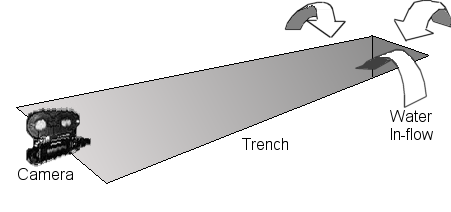
The
camera was placed on one end of the trench. From the other end, about
300,000 gallons of water came gushing into the trench from three
directions. As the water flowed, it kept advancing towards the camera.
From the camera’s perspective, the empty trench looked
something like this.
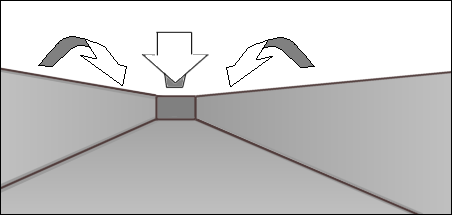
As the water filled up the trench, it must have looked like this.
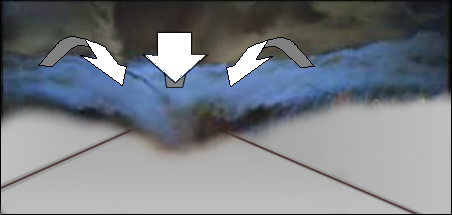
Now, the water filling up the trench alone forms the fourth layer. As the water starts to fill up this layer, the walls of water that belong to the third layer and the army that belongs to the first layer are both totally covered.

In fact this shot is taken from two perspectives. First it is shown from Moses’ perspective, and then it switches over to Pharaoh’s perspective. For both the shots, the very same technique was used.
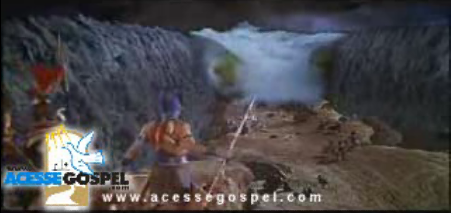
As
stated earlier, the parting of the red sea was just a reverse shot of
the fourth layer. As the water seems to flow out of the trench, it
reveals the walls of water in the third layer, and desert pathway in
the first layer.
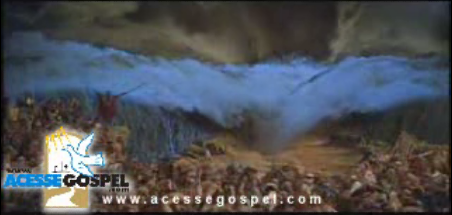
By using real water in the third and fourth layers, and live actors in the layer beneath them, they were able to recreate an almost impossible effects shot with unbelievable realism.
To make the sequence even more realistic and complete, they have added two shots of the water splashing on the shore after the sea closes over itself.
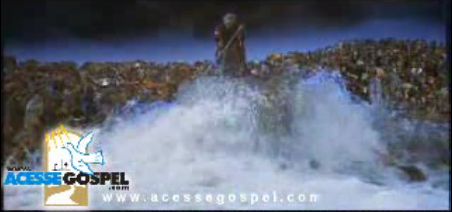
Again they are taken from Moses' end as well as Pharaoh's.
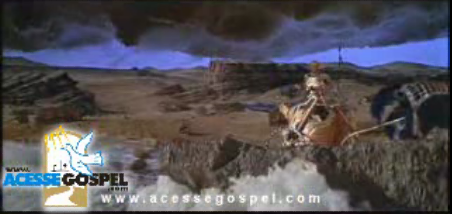
For these shots, a three-sided enclosure was built and rapidly filled with water. The camera captures the water gushing out through the open end of the enclosure and splashing all over the shore.
By the ingenious use of real water in various layers, and cleverly compositing them with live actors in the layers beneath them, these brilliant effects technicians were able to create one of the most breathtaking shots in movie history.